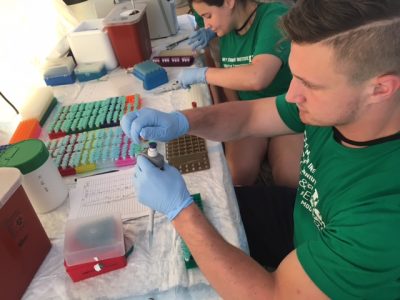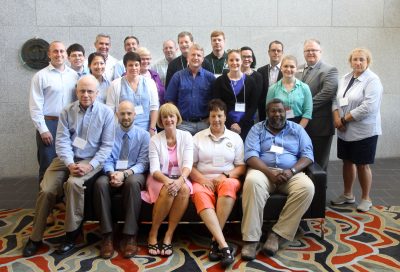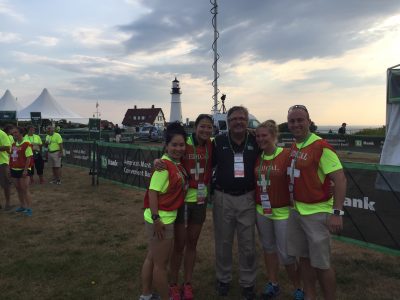Alicia Pike, Associate Director of Research, KSI
In collaboration with the National Athletic Trainers’ Association (NATA), the Korey Stringer Institute (KSI) is conducting a study assessing perceptions of medical care provided at the secondary school level from various key stakeholder groups. These stakeholders are in a position to influence the level of medical care provided to secondary school athletes and include athletic directors, principals, superintendents, parents, coaches, and legislators.
As part of this initiative, participants are asked if they would like to take part in a focus group session. The purpose of the focus group, similar to a group discussion, is to gain a more in depth understanding of the participants’ perceptions, and allow them to interact with each other through open dialogue in a non-threatening environment. As the study kicks off, the KSI staff couldn’t think of a better place to hold our first focus group than in Nashville, TN!
The National Interscholastic Athletic Administrators Association (NIAAA) was holding their National Athletic Director Conference at the Gaylord Opryland Resort and Convention Center in Nashville from December 9th to the 13th. With a meeting made possible by the NATA, we recruited athletic directors for a focus group in support of this research initiative. On December 9th, Christy Eason, a University of Connecticut alum and now Assistant Professor of Athletic Training at Lasell College, and myself, conducted our very first focus group. The meeting was a success and resulted in rich dialogue between athletic directors with diverse backgrounds on various health and safety standards.
Dr. Douglas Casa, CEO of KSI, and Dr. Rebecca Stearns, COO of KSI, also made the trip to Nashville and were instrumental in ensuring the success of this meeting. After the focus group session, Rachael Oates, Assistant Executive Director of the NATA, and Amanda Muscatell, NATA External Marketing Manager, spoke about the history of the NATA and its growth over the years, as well as their major marketing initiative, AT Your Own Risk. To finish off the meeting, Dr. Casa presented on best practice standards for preventing sudden death in sport, focusing in on the top safety standards that athletic directors in Tennessee should have in place.
This meeting not only provided great insight on athletic directors’ perceptions, but also provided an opportunity to network with a unique group of people. This was only the start, but being a part of this meeting has opened my eyes to the true potential of this research initiative. I am extremely excited to see where it goes from here.
Gaylord Opryland Resort & Convention Center


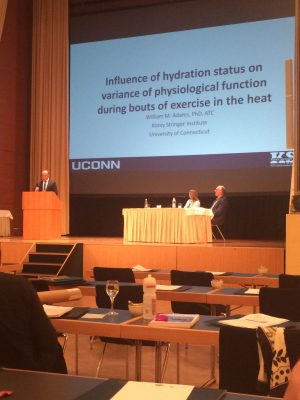
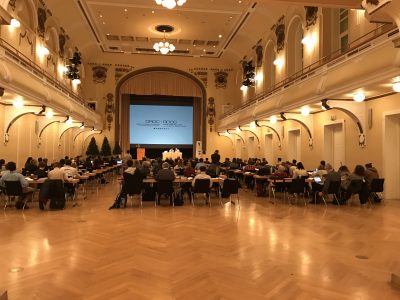
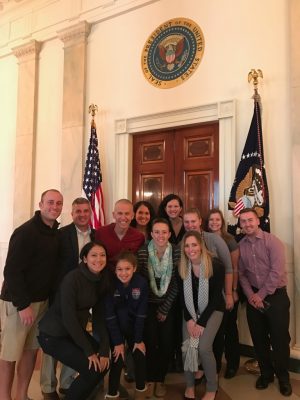
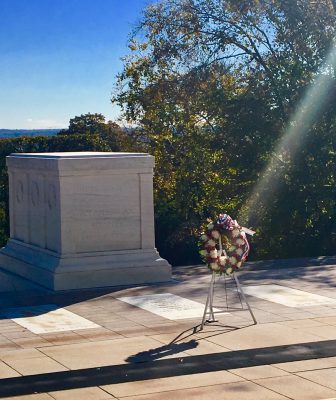
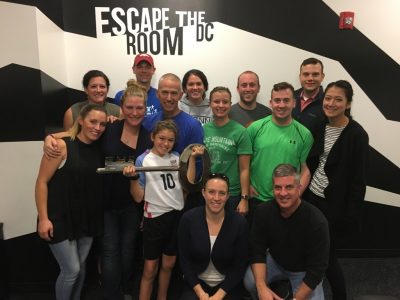
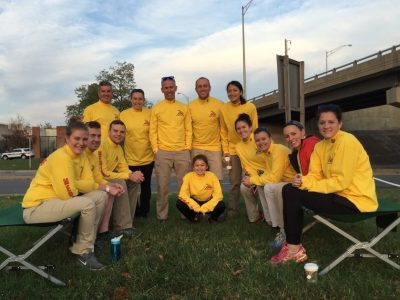
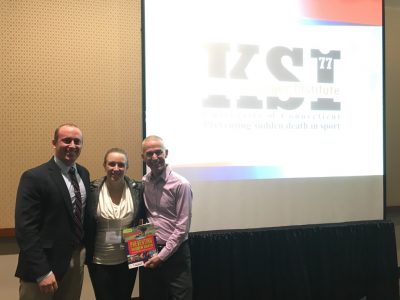

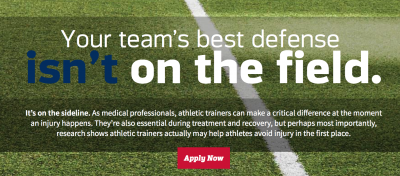




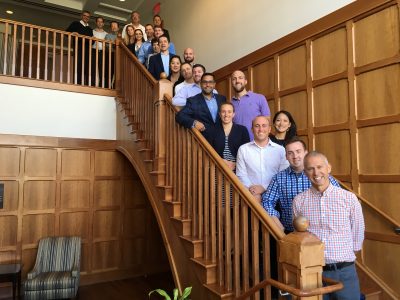
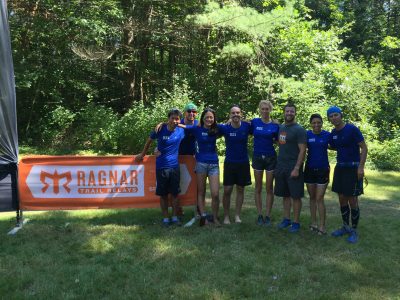
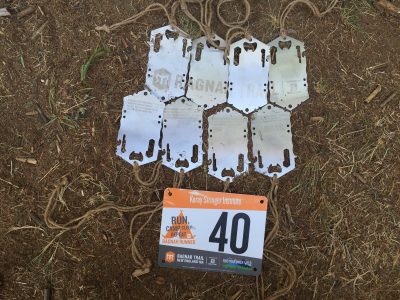
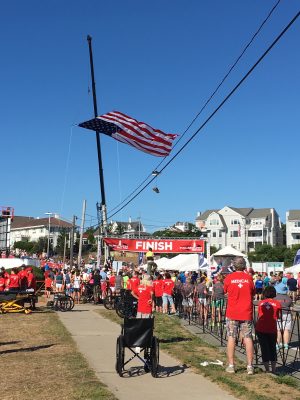 Twenty-seven research and medical volunteers from the Korey Stringer Institute, EC Lee Lab and University of Connecticut joined the 44th New Balance Falmouth Road Race in Falmouth, MA on August 21st. This was the fourth consecutive year in which KSI conducted a field research study at the race in conjunction with working in the medical tent treating exertional heat stroke patients. In this year’s study, we aimed to (1) investigate runner’s knowledge on heat and hydration and behaviors on race day and (2) investigate the use of real time gastrointestinal temperature feedback in altering runner’s behavior during the race. We also assessed participants’ readiness to exercise in the heat by measuring their cardiovascular fitness and their response to heat stress in our environmental chamber.
Twenty-seven research and medical volunteers from the Korey Stringer Institute, EC Lee Lab and University of Connecticut joined the 44th New Balance Falmouth Road Race in Falmouth, MA on August 21st. This was the fourth consecutive year in which KSI conducted a field research study at the race in conjunction with working in the medical tent treating exertional heat stroke patients. In this year’s study, we aimed to (1) investigate runner’s knowledge on heat and hydration and behaviors on race day and (2) investigate the use of real time gastrointestinal temperature feedback in altering runner’s behavior during the race. We also assessed participants’ readiness to exercise in the heat by measuring their cardiovascular fitness and their response to heat stress in our environmental chamber.